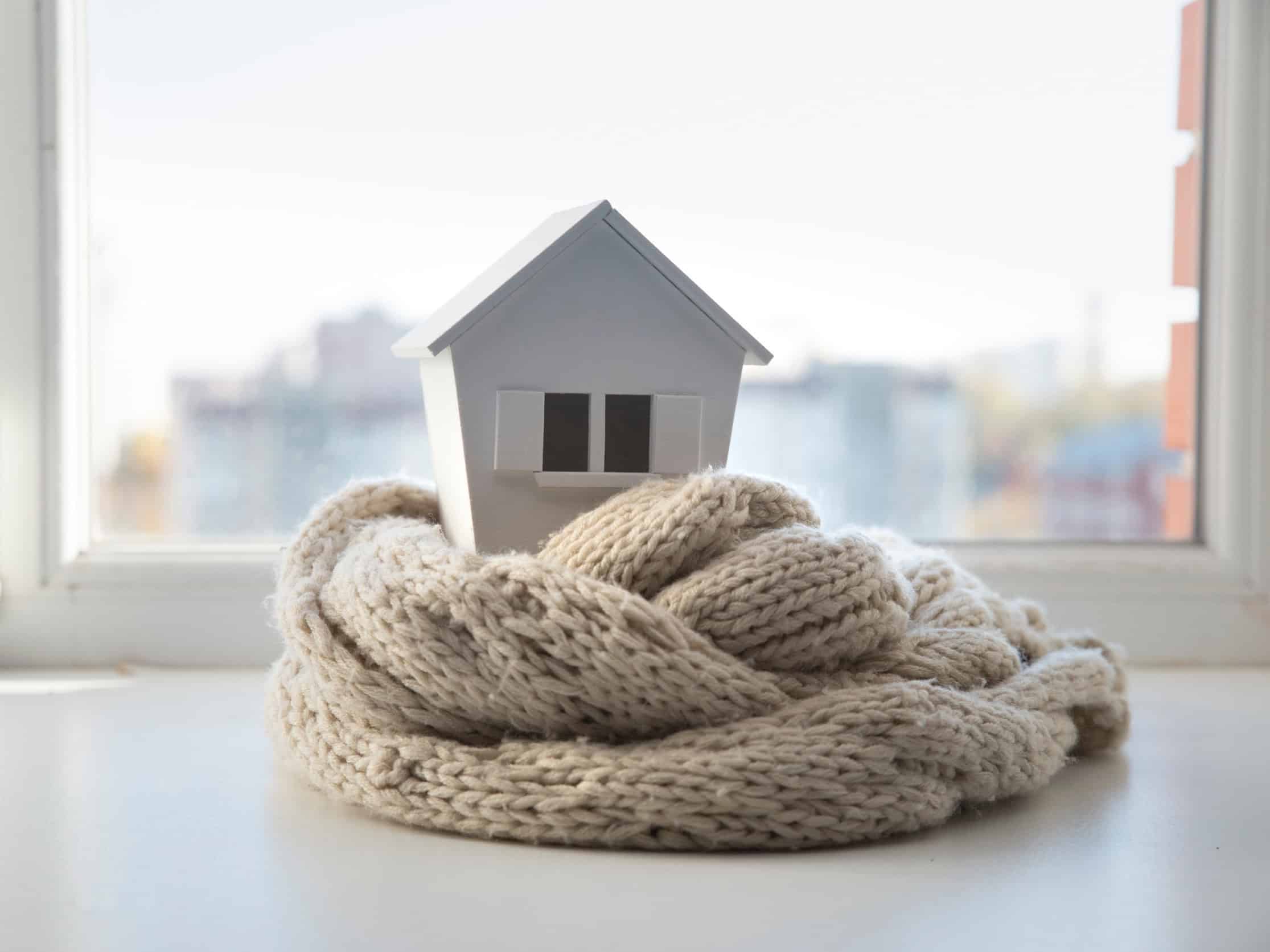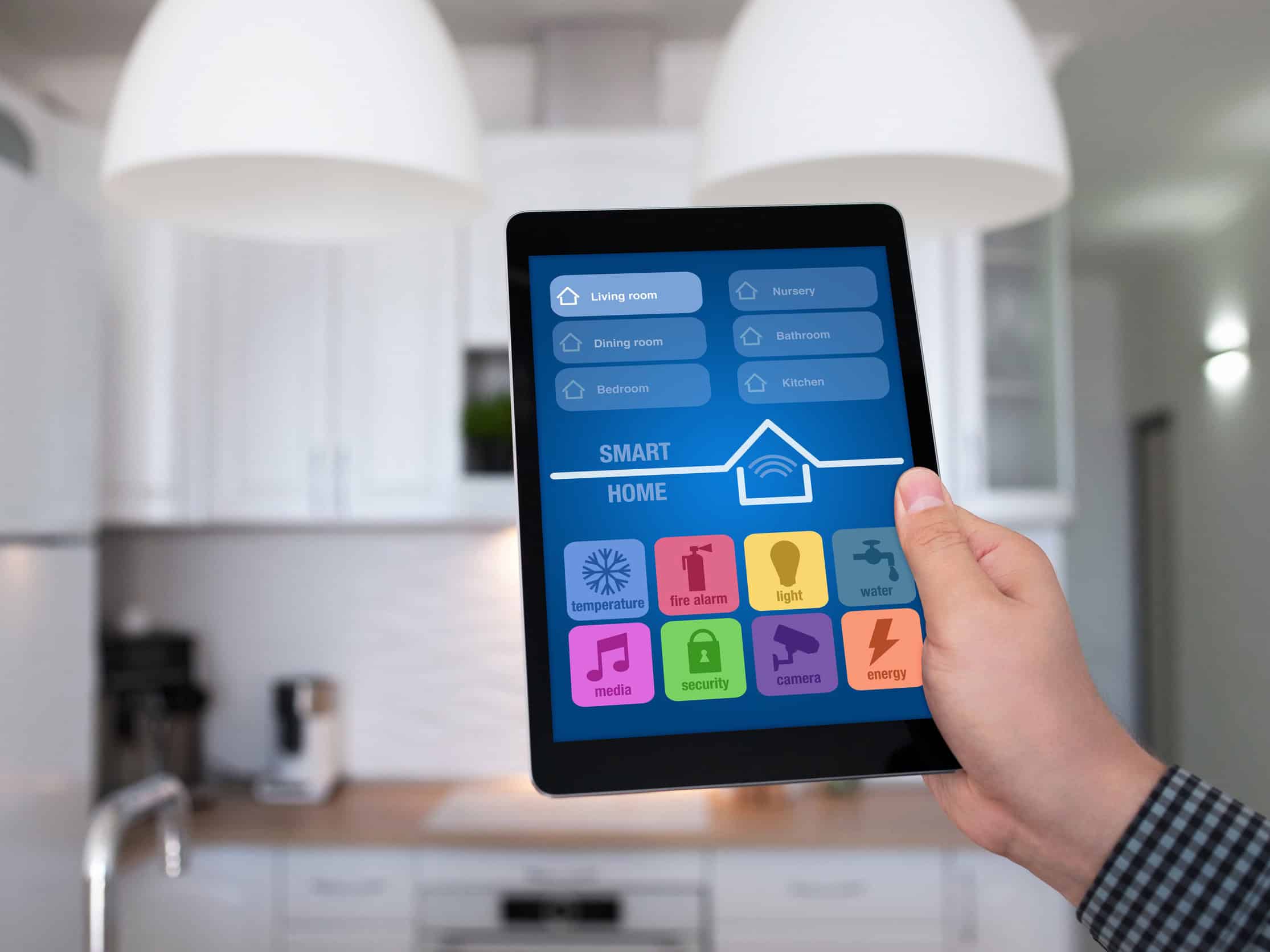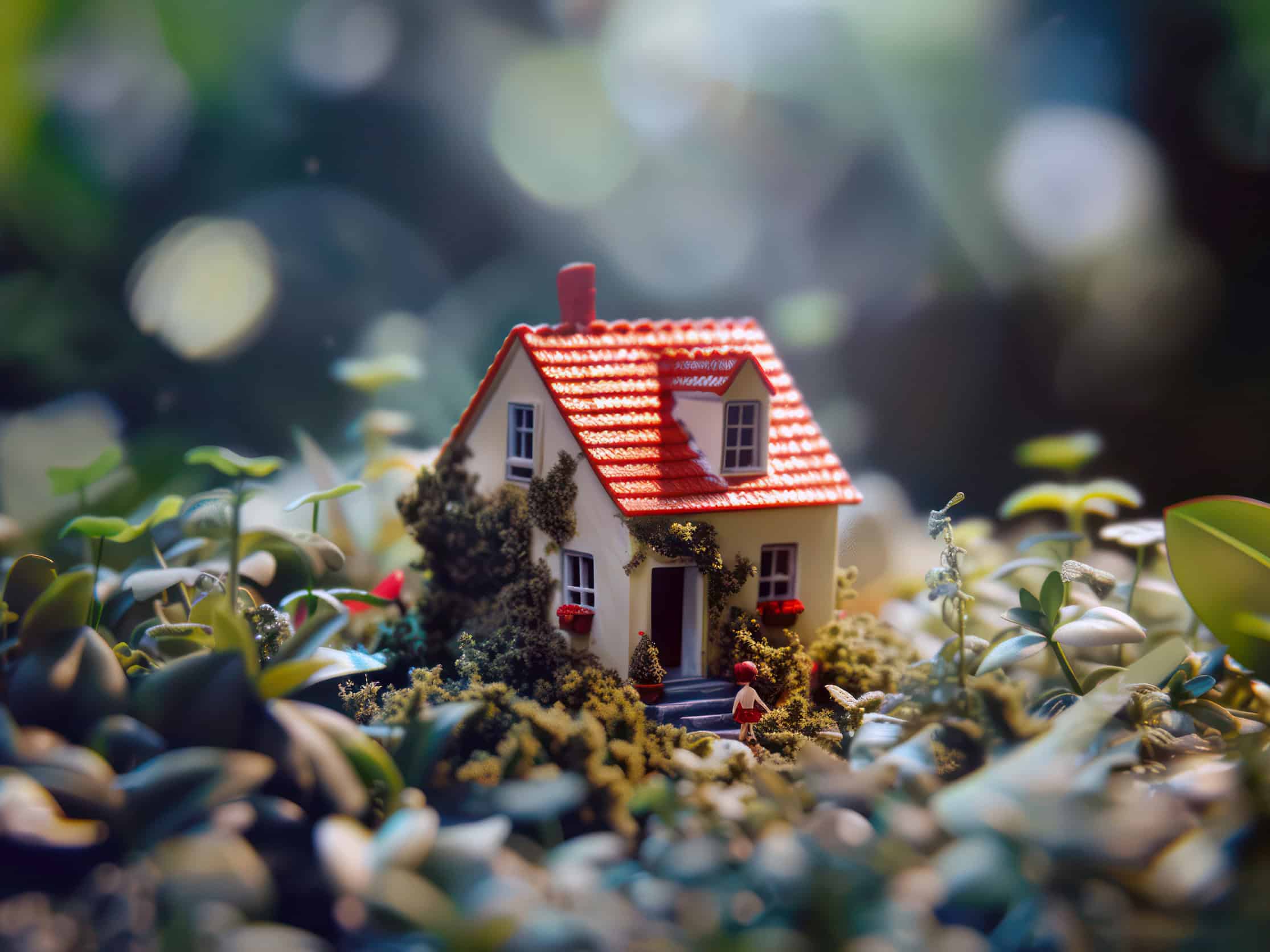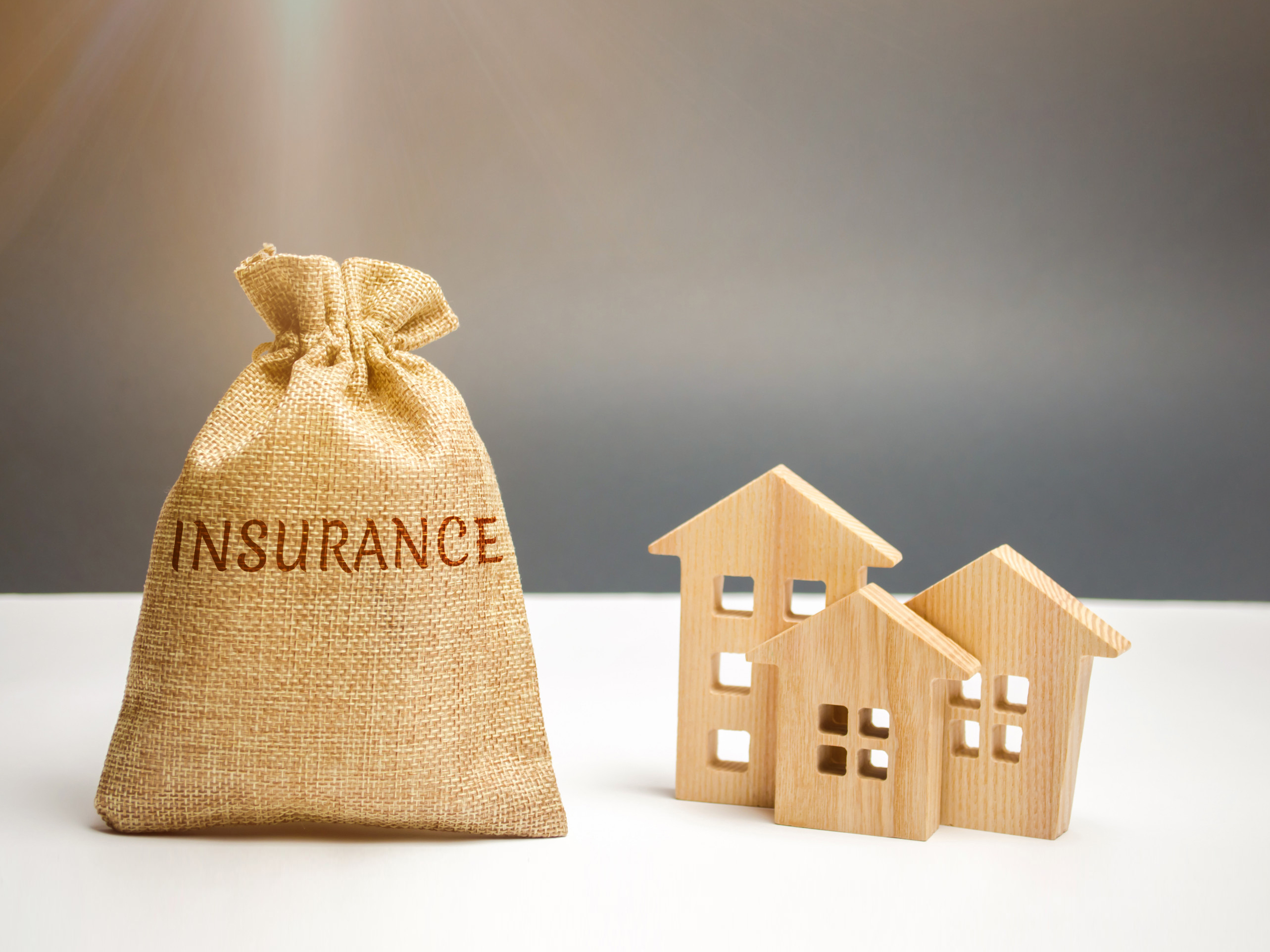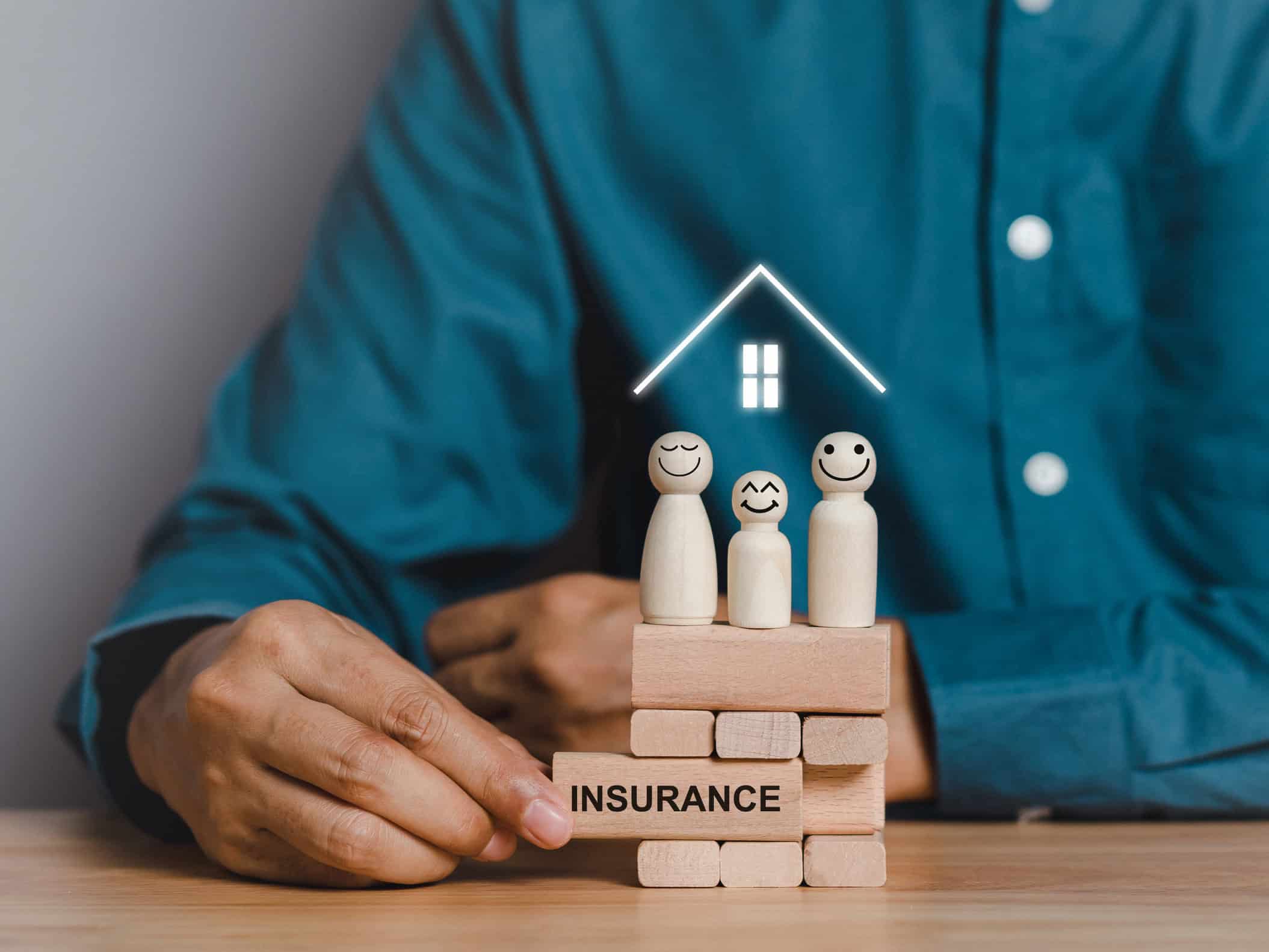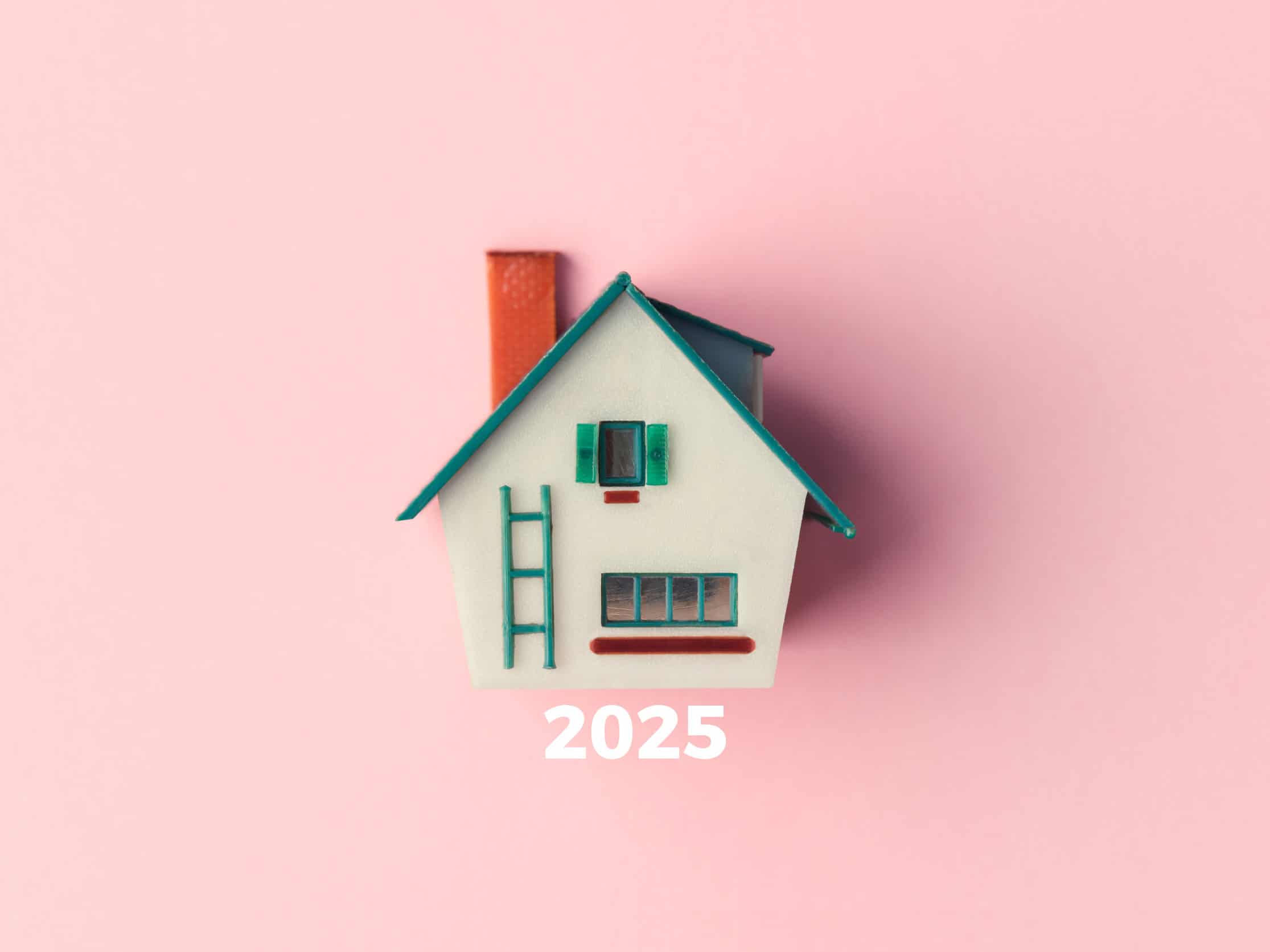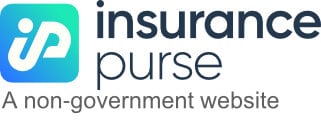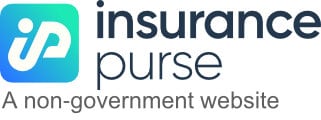Hey there, families! Safety is a top priority when it comes to protecting our loved ones and our homes. That’s why today, we’re diving into Home Safety 101—a guide packed with practical tips and advice to help you enhance home safety measures, reduce the risk of accidents, and lower your insurance premiums. Let’s get started on creating a safer and more secure home environment for you and your family.
Assessing Your Home’s Vulnerabilities for Safety
Before diving into specific safety measures, it’s essential to assess your home’s vulnerabilities. Walk through each room and identify potential hazards such as loose rugs, slippery floors, or exposed electrical cords. Take note of any areas that may need repairs or improvements to ensure a safer living environment for your family.
Securing Your Home Against Break-Ins
One of the most critical aspects of home safety is protecting your home against break-ins and burglaries. Start by fortifying entry points such as doors and windows with sturdy locks and security bars. Consider installing a home security system with motion detectors, surveillance cameras, and alarm systems to deter intruders and provide peace of mind for your family, even when you’re away from home.
Prioritizing Fire Safety in Your Home
Fire safety should be a top priority for every family. Ensure your home is equipped with smoke detectors on every floor and within each bedroom, and test them regularly to ensure they’re in working order. Create a fire escape plan and practice it with your family so that everyone knows what to do in the event of a fire emergency. Keep fire extinguishers on hand and teach family members how to use them effectively to extinguish small fires before they escalate.
Preventing Water Damage and Flooding in Your Home
Water damage can wreak havoc on your home and lead to costly insurance claims. Preventing water damage starts with routine maintenance tasks such as inspecting your plumbing for leaks, repairing dripping faucets, and ensuring proper drainage around your home’s foundation. Consider installing a sump pump in your basement to prevent flooding during heavy rainfall and invest in a water leak detection system that alerts you to potential leaks before they cause extensive damage.
Childproofing Your Home for Safety
If you have young children or grandchildren, childproofing your home is essential for their safety. Install safety gates at the top and bottom of staircases, secure heavy furniture and appliances to the wall to prevent tipping, and cover electrical outlets with childproof covers. Store hazardous substances such as cleaning supplies, medications, and sharp objects out of reach of children, preferably in locked cabinets or drawers.
In conclusion, prioritizing home safety is crucial for protecting your family and reducing the risk of accidents and insurance claims. By assessing your home’s vulnerabilities, securing it against break-ins, prioritizing fire safety, preventing water damage, and childproofing your living spaces, you can create a safer and more secure home environment for your loved ones. Not only will these measures provide peace of mind, but they can also lead to lower insurance premiums and greater financial security in the long run. So, let’s take action today to make our homes safer and happier places for our families to thrive.
